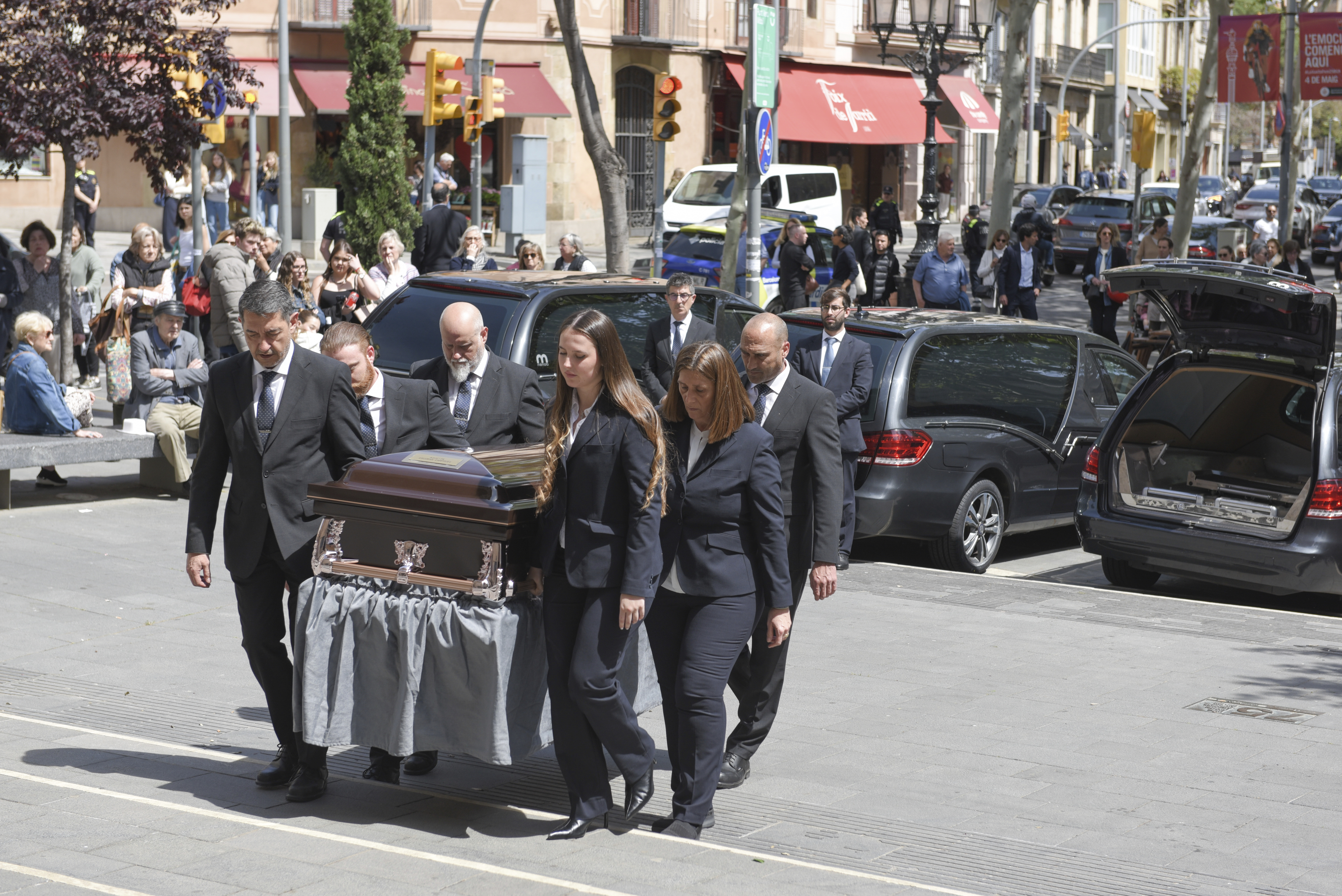MEMPHIS, Tenn. — Shelby County health officials agreed to test students in schools where dangerous levels of lead were found in water sources more than a year ago— but as WREG’s investigator Jessica Gertler found out, the results have yet to be made public.
In the fall of 2019, in response to a new state law, the district tested its water for lead. It found dangerous levels in 39 schools, all in water sources like fountains, sinks and coolers.
Superintendent Joris Ray stressed all water sources with high levels of lead were immediately shut off. But concern still grew.
In December 2019, the health department agreed to work with SCS and start testing students for possible lead exposure for free. The testing was supposed to wrap up in March 2020.
Around the same time, a new crisis emerged — COVID-19.
Despite COVID, the health director assured us last March they were still on track to complete testing.
It’s unclear when they actually wrapped up, and how many tests were conducted. What we do know is that, nearly a year later, the results still have not been made available to the public.
On May 11, we asked for the results through an open records requests to SCS and the county, and continued to do so. We made our last request within the past month.
Every singe time, we got a similar response from both the district and the county stating there were no records or documents “responsive to the request.”
A SCS spokesperson told us on the phone this week that the testing was completed, but they do not have the final report yet.
We asked Shelby County Commissioner Edmund Ford if he heard anything, since he pushed to find the money for the testing.
“I understand we are going through a pandemic, but with SCS staff and students going back to school this week in person, study should have been completed a long time ago,” Ford said.
He asked the health department about it at committee meeting Wednesday. The health department assured him they would provide an update at the very next meeting, which is this coming Monday.
But on the very next day, we received an email from the health department. It stated, “the final report will be presented to the county commission by Dr. Randolph very soon — meaning either the meeting next week or the following week.”
There was no explanation on why it’s taken so long to publish the results, which should explain just how widespread this problem is in schools and communities.
State law says if a water contains 20 parts per billion or higher of lead, it must remove the water source. But the EPA said 15 parts per billion is its threshold. High levels can be harmful for developing children, affecting their academic achievement, IQ and attention span.
“Making sure water does not have lead in it is critical,” Tennessee state Rep. London Lamar said.
Lamar said right now, she’s working to pass her bill that would require more transparency from school districts.
“It would require local school boards within 24 hours to detect there is a lead source above 15 parts per billion, and they would equally have to notify the Department of Education, the Department of Health and the Department of Conservation,” she said.
Lamar said she’s working to combine her bill with another lawmakers and present it later this month.
We asked Shelby County Schools if they have asked for the results and whether anything was done to flush out water sources before students and teachers returned this week. School officials have said in the past that lead levels increase when water sources go unused.
SCS sent a response at 5 p.m. Friday, minutes before our story aired, stating: “The Shelby County Health Department has indicated they’ll be publicly releasing the SCS lead test results/findings at a Shelby County Commission meeting.”
The district also said that drinking water sources have been taken out of service and all schools are currently supplied with bottled water for students and staff.

















